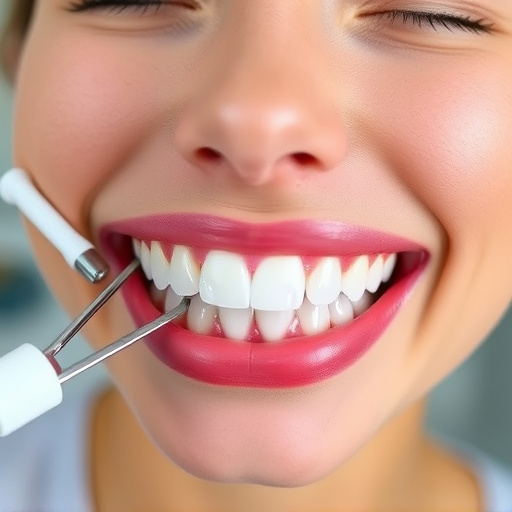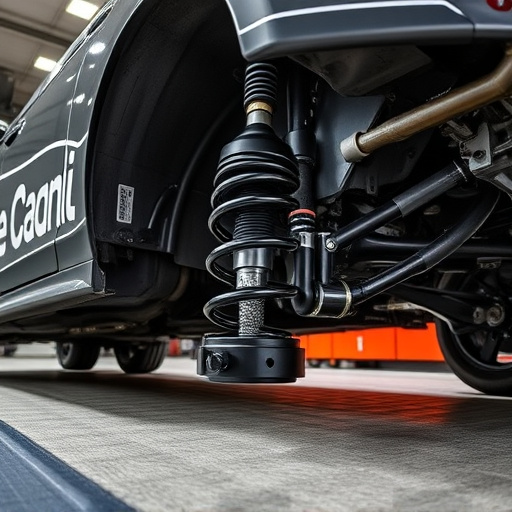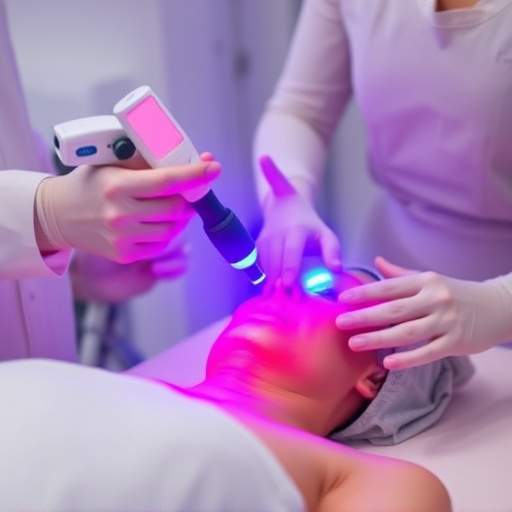Category: teeth grinding treatment
Teeth Grinding Treatment: A Comprehensive Overview
Introduction
Teeth grinding, a complex oral behavior, has garnered significant attention due to its potential detrimental effects on dental health and overall well-being. This pervasive issue, characterized by the rhythmic clenching or grinding of teeth, often occurs during sleep but can also manifest during waking hours. The treatment landscape for teeth grinding has evolved, offering a myriad of interventions aimed at managing this condition. This article delves into the multifaceted world of teeth grinding treatment, exploring its various dimensions, global impact, economic implications, and technological innovations that are shaping its future. By examining these aspects, we aim to provide a comprehensive understanding of the current state and future prospects of this critical area within oral health care.
Understanding Teeth Grinding Treatment: A Multidisciplinary Approach
Definition and Core Components:
Teeth grinding treatment involves a range of strategies and therapies designed to alleviate the symptoms associated with bruxism, the medical term for teeth grinding or clenching. It addresses the complex interplay between dental, neuromuscular, and psychological factors contributing to this behavior. The primary goals include reducing tooth wear, managing pain, improving sleep quality, and enhancing overall oral health. Treatment options encompass behavioral modifications, oral appliances, medication, and in some cases, surgical interventions.
Historical Context:
The understanding and management of teeth grinding have evolved over centuries. Early accounts describe the use of simple mouthguards to protect teeth during severe episodes of grinding. However, significant advancements emerged in the 20th century with the introduction of specialized oral appliances and behavioral therapy techniques. The modern approach to teeth grinding treatment incorporates a blend of these historical practices and contemporary scientific knowledge.
Significance and Scope:
Teeth grinding treatment is essential for several reasons. Unaddressed bruxism can lead to severe dental erosion, temporomandibular joint (TMJ) disorders, headaches, and sleep disturbances. By implementing targeted interventions, practitioners strive to mitigate these complications and improve patients’ quality of life. Moreover, the global prevalence of teeth grinding underscores its importance as a public health concern, necessitating comprehensive treatment strategies.
Global Impact and Trends
International Prevalence:
Teeth grinding is a worldwide phenomenon, affecting individuals across diverse demographics. According to a study by the Journal of Dental Research, an estimated 3-12% of adults experience significant bruxism symptoms globally. This condition is particularly prevalent in developed countries, with higher rates reported in North America and Europe. However, rising awareness and improved diagnostic tools have contributed to a growing recognition in emerging markets as well.
Regional Disparities:
The impact of teeth grinding varies across regions, influenced by cultural, environmental, and socioeconomic factors. For instance, high-stress lifestyles and increased work demands in urban areas might contribute to higher bruxism rates. In contrast, rural populations may face different stressors, leading to varying presentation and severity of teeth grinding. These regional disparities highlight the need for tailored treatment approaches sensitive to local contexts.
Trends Shaping Treatment:
Several global trends are shaping the future of teeth grinding treatment:
- Personalized Medicine: Advancements in dental technology enable more customized treatment plans based on individual needs, ensuring better outcomes.
- Digital Health Solutions: Mobile apps and wearable sensors facilitate remote monitoring of bruxism symptoms, promoting early intervention and self-management.
- Integrative Approach: Combining traditional oral care with holistic practices, such as stress management techniques and mindfulness training, is gaining traction.
Economic Considerations
Market Dynamics:
The global teeth grinding treatment market has experienced steady growth due to the increasing prevalence of bruxism and growing consumer awareness. This market includes a range of products and services, from over-the-counter mouthguards to advanced therapeutic interventions. According to a report by Research and Markets, the global oral care market, within which bruxism treatment falls, is projected to reach USD 164.3 billion by 2027, driven by factors like rising dental health awareness and aging populations.
Investment Patterns:
Private investments in teeth grinding treatment research and development have increased, fueled by the potential for lucrative returns. Startups focusing on innovative technologies, such as smart mouthguards with real-time feedback, have attracted significant venture capital funding. Additionally, established pharmaceutical companies are investing in developing novel medications to target specific aspects of bruxism.
Economic Impact:
The economic impact of teeth grinding is substantial, affecting both healthcare systems and individuals:
- Direct Costs: Dental treatments for tooth wear, TMJ disorders, and associated conditions contribute significantly to healthcare expenses.
- Indirect Costs: Lost productivity due to decreased work performance, sleep disturbances, and comorbid mental health issues add to the economic burden.
- Savings Opportunities: Early intervention through preventive measures can reduce long-term dental care costs and improve overall health outcomes.
Technological Advancements
Digital Diagnostics:
Technology has revolutionized teeth grinding treatment by enabling more accurate and efficient diagnostics. Advanced sensors and wearables can monitor jaw movements, muscle activity, and sleep patterns to identify bruxism episodes. These devices provide valuable data for practitioners, facilitating personalized treatment planning. For instance, the SleepStone mouthguard, approved by the FDA, uses sensor technology to detect grinding events and provide real-time feedback to users and healthcare providers.
Smart Oral Appliances:
Oral appliances have evolved from traditional guards to smart devices with integrated technology. These appliances can adjust based on user behavior, providing dynamic protection and feedback. For example, Orca offers a customizable mouthguard that uses AI algorithms to adapt to the user’s bite and provide targeted pressure therapy to relax jaw muscles. This innovative approach has shown promise in reducing bruxism symptoms.
Virtual Reality (VR) Therapy:
VR technology is being explored as a non-invasive therapeutic option for teeth grinding. It allows patients to practice relaxation techniques and jaw exercises in a virtual environment, helping them develop better muscle control and reduce grinding episodes. A study published in the Journal of Oral Rehabilitation found that VR therapy significantly improved bruxism symptoms and patient satisfaction.
Artificial Intelligence (AI) in Treatment Planning:
AI algorithms are assisting dental professionals in treatment decision-making. These systems can analyze extensive patient data, including medical history, dental records, and sensor feedback, to recommend personalized treatment options. AI-driven platforms enhance the accuracy of diagnoses and improve treatment outcomes by tailoring interventions to individual needs.
Policy and Regulation
International Guidelines:
Several international organizations have developed guidelines for teeth grinding treatment, providing a framework for healthcare professionals worldwide. The American Dental Association (ADA) offers evidence-based recommendations for managing bruxism, emphasizing the importance of comprehensive oral evaluation and patient education. Similarly, the European Academy of Oral Medicine and Toxicology (EAMT) has published guidelines focusing on the diagnosis and management of bruxism in both adults and children.
Regulatory Frameworks:
The regulatory landscape for teeth grinding treatment varies across regions:
- North America: In the United States, the FDA regulates dental devices, including mouthguards and bruxism therapy appliances. Manufacturers must comply with safety and efficacy standards. Canada has similar regulations, with Health Canada overseeing medical devices.
- Europe: The European Union’s Medical Devices Regulation (MDR) sets out stringent requirements for dental devices sold within the EU. Member states have additional regulations specific to their regions.
- Asia-Pacific: Countries like Australia and Japan have established regulatory bodies that oversee dental practices and devices, ensuring safety and quality standards.
Impact on Treatment Access:
Regulatory frameworks play a crucial role in shaping access to teeth grinding treatment:
- Rigorous regulations ensure the safety and efficacy of treatments, protecting patients from potentially harmful therapies.
- They also govern marketing and sales practices, promoting ethical standards in the dental industry.
- However, overly stringent regulations may hinder innovation by delaying the introduction of new technologies and treatments.
Challenges and Criticisms
Common Hurdles:
Despite advancements, teeth grinding treatment faces several challenges:
- Diagnosis Complexity: Bruxism is often underdiagnosed due to its subtle nature and overlap with other oral conditions. Accurate diagnosis requires specialized knowledge and advanced tools.
- Patient Adherence: Some treatments, such as behavioral therapy and medication, require long-term commitment from patients, which can be challenging to maintain.
- Cost-Effectiveness: The high cost of advanced technologies and personalized treatments may limit access, particularly in underresourced regions.
Criticisms and Solutions:
| Criticism | Potential Solutions |
|---|---|
| Lack of Standardized Treatment Protocols | Develop international consensus guidelines based on evidence to ensure consistent care quality. |
| Limited Research on Long-Term Efficacy | Invest in longitudinal studies to assess the long-term benefits of various treatment modalities. |
| Patient Education Gaps | Create public awareness campaigns and educational resources to empower individuals to manage bruxism effectively. |
| Stigma Associated with Seeking Treatment | Reduce stigma by promoting teeth grinding as a treatable condition, emphasizing the benefits of early intervention. |
Case Studies: Successful Applications and Lessons Learned
Case Study 1: Smart Mouthguard Intervention
A clinical trial in Sweden examined the effectiveness of a smart mouthguard (MouthGuard 2.0) for chronic bruxism patients. The device provided real-time feedback on grinding events, allowing participants to practice relaxation techniques. Results showed significant reductions in both self-reported grinding and objective measures of muscle activity. This case highlights the potential of technology in empowering individuals to manage their condition effectively.
Key Takeaways:
- Personalized, tech-driven solutions can lead to better patient engagement and improved outcomes.
- Combining oral appliances with behavioral interventions may offer synergistic benefits.
Case Study 2: Integrative Approach for Complex Bruxism
A private dental practice in the United Kingdom adopted an integrative model for treating a patient with severe bruxism and associated TMJ disorder. This approach involved a multidisciplinary team, including a dentist, physiotherapist, and psychologist. They utilized advanced mouthguards, manual therapy, and mindfulness-based stress reduction techniques. The patient experienced significant improvements in pain levels and quality of life.
Lessons Learned:
- An integrative strategy addressing physical and psychological aspects can be highly effective for complex cases.
- Patient-centered care that considers individual preferences and lifestyle factors yields better adherence to treatment plans.
Future Prospects: Emerging Trends and Strategic Considerations
Growing Emphasis on Preventive Care:
The future of teeth grinding treatment is likely to see a greater focus on prevention, building upon the success of public health initiatives for oral health promotion. Early identification and intervention strategies will play a pivotal role in reducing the prevalence of bruxism. Schools and community programs can educate individuals about risk factors and coping mechanisms.
Personalized Medicine and Digital Health:
Advancements in digital technology will continue to shape teeth grinding treatment, enabling more precise and tailored interventions:
- AI-Powered Diagnostics: AI algorithms will refine diagnostic processes, facilitating earlier detection of bruxism.
- Remote Monitoring and Feedback: Wearable sensors and mobile apps will provide continuous data, allowing practitioners to offer real-time guidance.
- Digital Therapeutics: Virtual reality and augmented reality technologies will expand therapeutic options for behavioral interventions.
Global Collaboration and Standardization:
International collaboration is essential to address the global nature of teeth grinding. Standardized guidelines and research protocols can ensure consistent treatment quality across borders. Global health organizations, such as the World Health Organization (WHO), can play a pivotal role in fostering this collaboration.
Integration with Telemedicine:
Telemedicine has gained prominence during the COVID-19 pandemic, offering remote dental care options. Its integration with teeth grinding treatment could expand access, especially in underserved regions. Online consultations, digital prescriptions, and remote monitoring provide efficient and convenient care.
Conclusion: A Comprehensive Journey Towards Effective Treatment
Teeth grinding treatment is a dynamic field that has evolved significantly over the years, driven by technological innovations, growing awareness, and evidence-based practices. This comprehensive overview highlights the multifaceted nature of managing bruxism, from historical approaches to cutting-edge technologies. As research continues to uncover new insights, practitioners, researchers, and policymakers must collaborate to address challenges, improve access, and enhance treatment outcomes.
The future holds immense potential for teeth grinding treatment, with a shift towards personalized, digitally enhanced solutions. By embracing these emerging trends, the dental community can deliver more effective and efficient care, ultimately improving the lives of individuals affected by bruxism worldwide.
FAQ Section: Answering Common Concerns
Q: How do I know if I have teeth grinding (bruxism)?
A: Persistent jaw pain, headaches, tooth wear, or a loud grinding sound during sleep are common indicators. Self-report and professional dental evaluations are crucial for an accurate diagnosis.
Q: Are there any at-home remedies for teeth grinding?
A: Yes, certain home remedies can help manage bruxism. These include practicing relaxation techniques, maintaining a regular sleep schedule, reducing stress through mindfulness or meditation, and avoiding stimulants like caffeine late in the day. Over-the-counter mouthguards are also available for temporary relief.
Q: How effective are oral appliances for teeth grinding?
A: Oral appliances, such as night guards, can be highly effective in preventing tooth wear and reducing muscle tension. Customized appliances provide better protection than general-use ones. However, their long-term success depends on proper fitting, patient adherence, and combination with other treatments when needed.
Q: Can teeth grinding lead to serious dental or health issues?
A: Unmanaged bruxism can result in significant dental problems, including tooth erosion, chipping, and misalignment. It may also contribute to TMJ disorders, headaches, and sleep disturbances. Early detection and intervention are crucial to minimize these risks.
Q: What is the role of behavioral therapy in teeth grinding treatment?
A: Behavioral therapy focuses on modifying habits and behaviors associated with bruxism. Techniques like biofeedback, relaxation training, and cognitive-behavioral therapy can help individuals manage stress and reduce grinding episodes. This approach often complements other treatments for optimal results.
Non-Invasive Teeth Grinding Treatment: Stop Jaw Pain, Protect Your Teeth
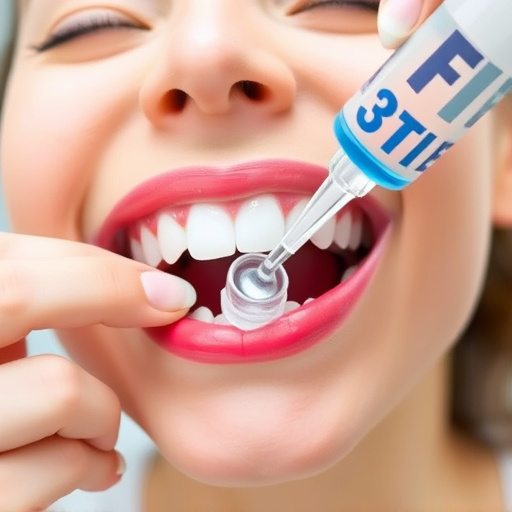
Teeth grinding (bruxism) causes jaw pain and dental wear if untreated, driven by stress, anxiety, sl…….
Long-Term Relief: Success Stories of Teeth Grinding Treatment
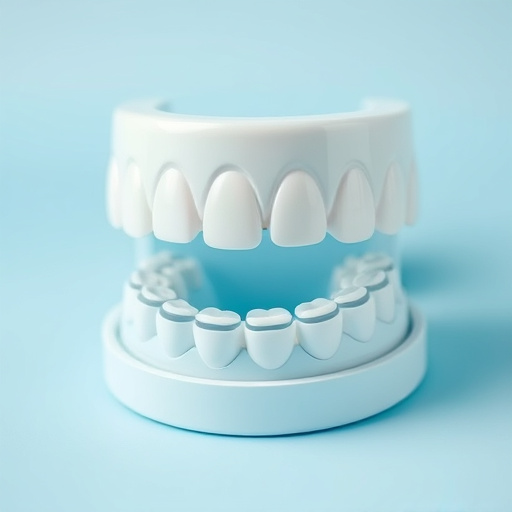
Long-term teeth grinding (bruxism) sufferers find effective solutions through professional guidance…….
Treating Teeth Grinding, Bruxism, and TMJ Disorder Relief
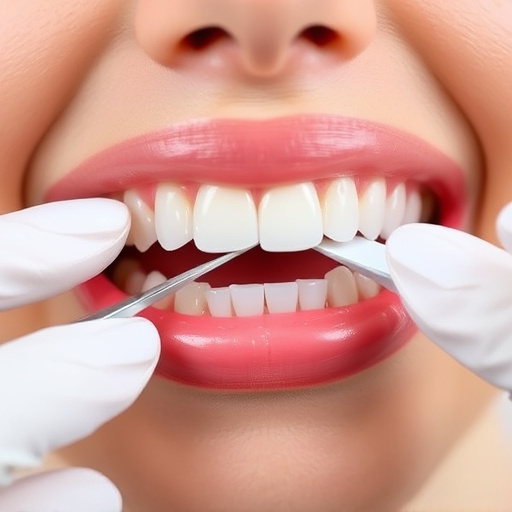
Teeth grinding (bruxism) causes dental damage and TMJ disorders. Custom aligners, bonding, oral exam…….
Daytime Teeth Grinding Treatment: Non-Invasive Solutions for Relief
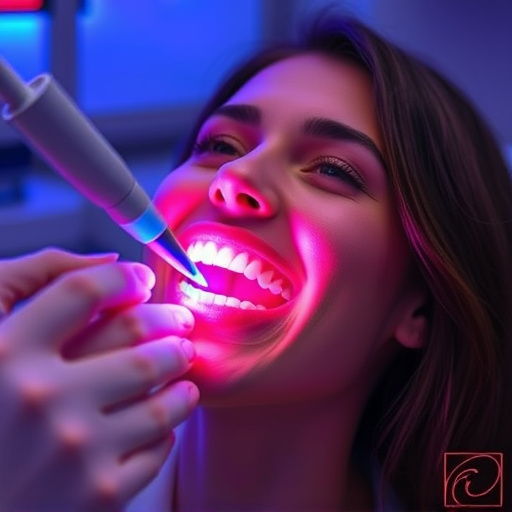
Daytime teeth grinding (bruxism) is a common issue linked to stress, anxiety, and habits like gum ch…….
Teeth Grinding Delay: Short-Term & Long-Term Risks Explored
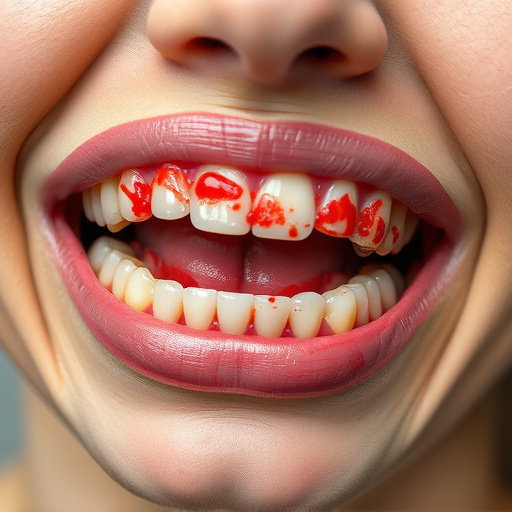
Delaying teeth grinding treatment can cause severe dental damage, chronic pain, and costly repairs……..
Maintain Post-Treatment Peace: Grinding Relief Habits
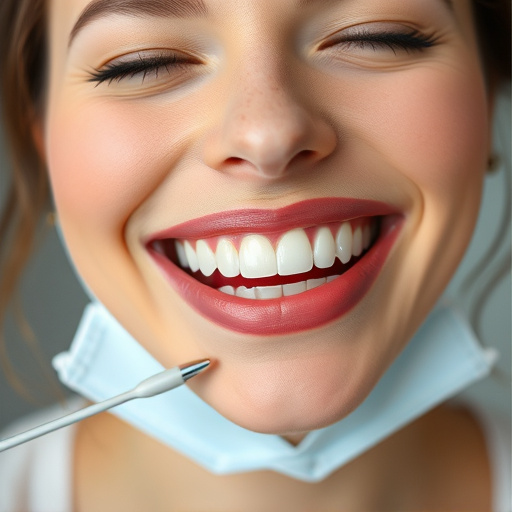
After teeth grinding treatment, a recovery period is essential for optimal oral health. Rest, good h…….
Unraveling Costs: Teeth Grinding Treatment Explained & Insured
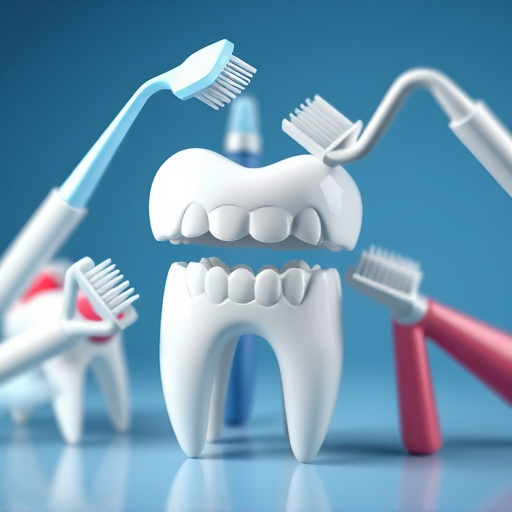
Teeth grinding (bruxism) is a common condition leading to dental issues if untreated. Early detectio…….
Stop Teeth Grinding: Proven Treatments for Relief
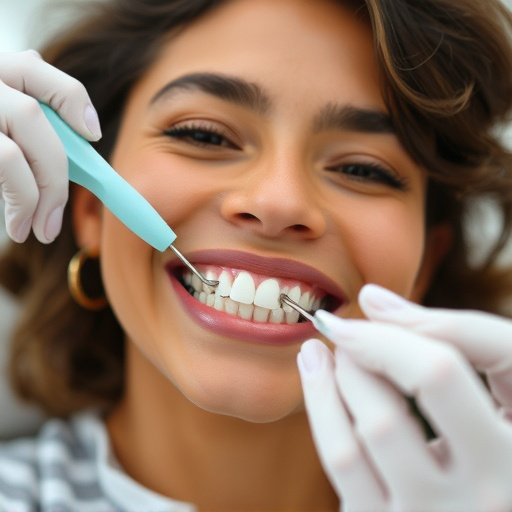
Teeth grinding (bruxism) requires a comprehensive oral health evaluation due to stress, bite issues,…….
Teeth Grinding Treatment: Bite Adjustment & Non-Invasive Options
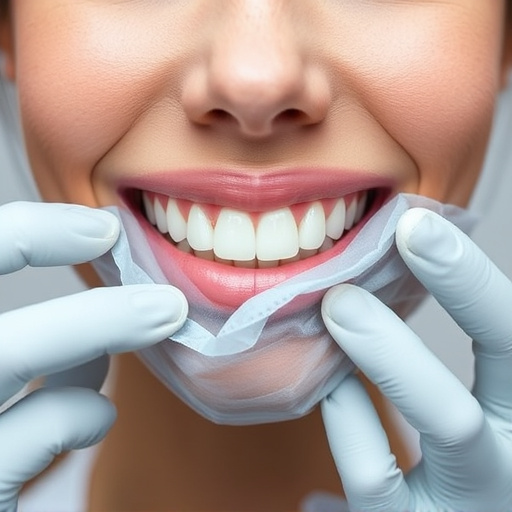
Teeth grinding (bruxism), driven by stress and anxiety, causes dental damage. Treatment includes bit…….

